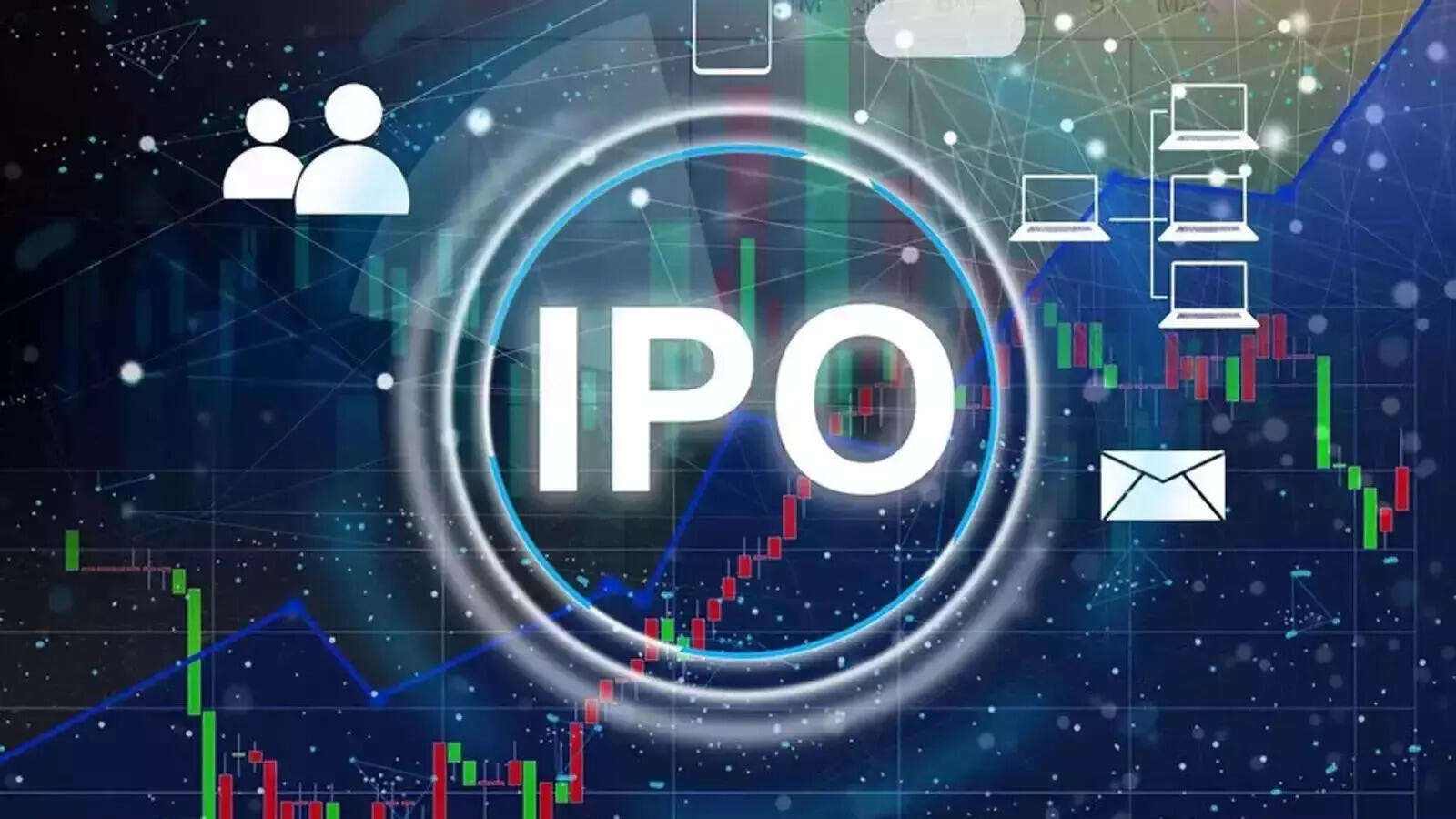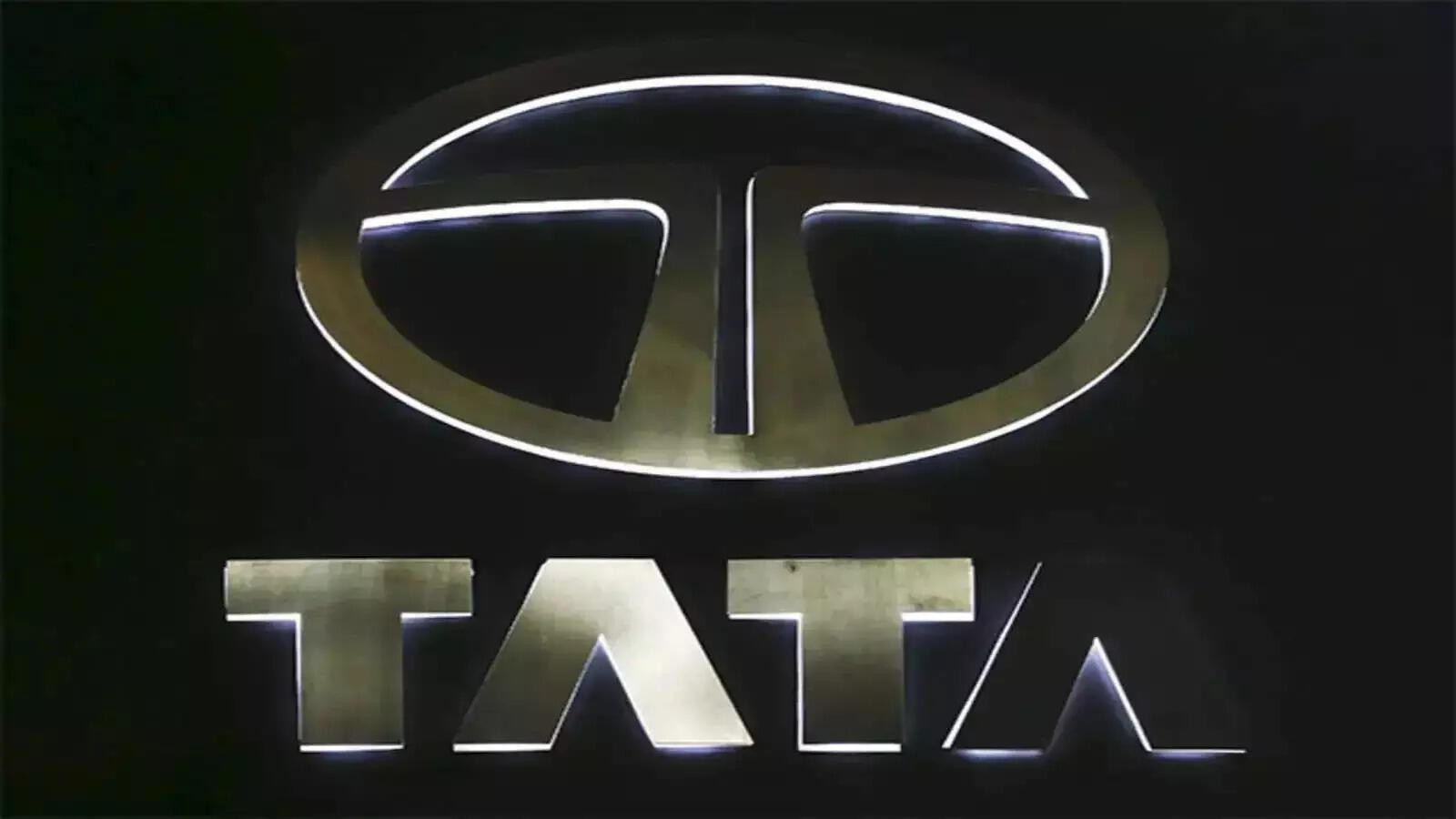President Trump’s impending tariff hike on steel and aluminium imports, effective June 4, is projected to significantly impact Indian metal exports, potentially costing $4.56 billion. The increased duties are expected to diminish the competitiveness of Indian manufacturers in the US market. India has notified the WTO and is considering further actions in response to the tariff increase.
Trump’s Throwback Tariffs: Will India Feel the Steel Pinch?
Okay, folks, let’s talk about trade, tariffs, and a blast from the past – because Donald Trump is once again floating the idea of hiking tariffs on steel and aluminum imports if he wins the upcoming election. This isn’t exactly new territory, is it? Remember the 2018 skirmish? Well, the possibility of a sequel is definitely making waves, and a recent report from the Global Trade Research Initiative (GTRI) is painting a picture of what that could mean for Indian exporters.
So, what’s the buzz? Trump’s hinting at tariffs that could reach a hefty 10% on steel and, potentially, even more on aluminum. It’s a move that, if implemented, aims to bolster the US domestic industry. While the “America First” argument might resonate with some, the potential ripple effects are causing concern in trading nations across the globe, including India.
Now, you might be thinking, “Okay, tariffs, numbers…wake me up when something exciting happens.” But hold on a minute. This isn’t just about dry economics. This is about real-world implications for businesses, jobs, and the flow of goods between countries. Think of it like this: imagine your favorite imported chocolate bar suddenly becoming significantly more expensive because of a new tax. Annoying, right? That’s essentially what tariffs do, but on a much larger scale.
The GTRI report suggests that India, while not the biggest exporter of steel and aluminum to the US, could still feel a noticeable pinch. The report breaks down specific sectors that might be particularly vulnerable. For instance, Indian manufacturers who rely on exporting finished steel products or aluminum components could find themselves facing a steeper price barrier in the American market. This increased cost could make them less competitive, potentially leading to reduced sales and even job losses down the line.
It’s not just the big players who need to worry. Many smaller businesses are intricately linked to the global supply chain. They might be suppliers to larger exporters or rely on imported raw materials. A tariff hike could disrupt these delicate networks, creating a domino effect of challenges.
The crucial point here is that global trade is a complex, interconnected web. Slapping on tariffs in one country doesn’t just affect that country; it sends tremors throughout the entire system. And those tremors can be felt in places you might not expect.
But here’s where it gets interesting. The world has changed quite a bit since Trump first introduced these tariffs. Many countries, including India, have diversified their export markets and strengthened trade relationships with other nations. This means that while a US tariff hike would undoubtedly be a blow, it might not be as devastating as it could have been five or six years ago.
Furthermore, India has been actively pursuing strategies to enhance its own domestic manufacturing capabilities. Initiatives like “Make in India” are designed to reduce reliance on imports and boost local production. This could provide a buffer against the negative impacts of tariffs, allowing Indian companies to become more self-sufficient and less vulnerable to external shocks.
Of course, there’s also the possibility of retaliatory measures. If the US imposes higher tariffs, other countries might respond in kind, leading to a trade war scenario. This isn’t a particularly pleasant prospect, as it could stifle global economic growth and create uncertainty for businesses everywhere. Nobody wins a trade war, except maybe the lawyers who get paid to sort out the mess.
So, where does this leave us? Well, the future is uncertain, as it always is. A lot depends on the outcome of the US election and the subsequent policies that are implemented. However, the GTRI report serves as a timely reminder that trade policies have real-world consequences. It highlights the need for Indian businesses to be proactive, to diversify their markets, and to strengthen their domestic capabilities.
The possibility of Trump’s return and his tariff-happy tendencies is definitely something to watch. It’s a reminder that the global trade landscape is constantly shifting, and businesses need to be agile and adaptable to survive and thrive in this dynamic environment. India needs to be prepared to navigate these potential challenges, protect its economic interests, and continue on its path of growth and development. And maybe, just maybe, hope that the tariff talk remains just that – talk. Only time will tell if this particular chapter of the trade saga gets a re-write or a sequel. One can hope for a peaceful resolution that fosters collaboration, not confrontation. After all, a rising tide lifts all boats, right?
📬 Stay informed — follow us for more insightful updates!







